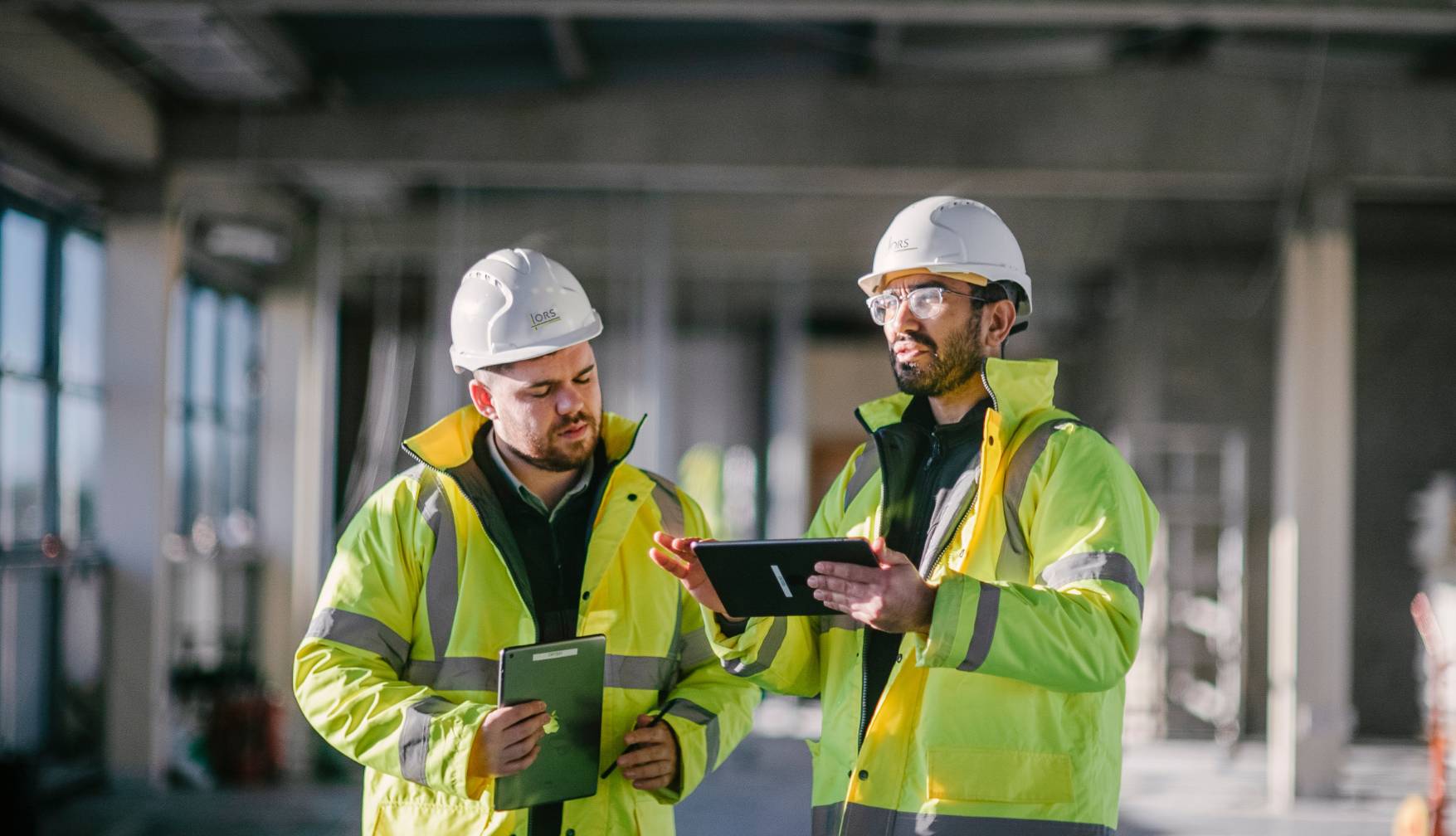Embodied Carbon: What is it and how to reduce it

Embodied carbon refers to the total amount of carbon dioxide (CO₂) emissions associated with the production, transportation, and construction of building materials and products. This includes the carbon emissions released during:
- Extraction of raw materials: Mining, quarrying, or harvesting natural resources.
- Manufacturing processes: Converting raw materials into usable building products.
- Transportation: Shipping materials to construction sites.
- Construction activities: Assembling materials into buildings or infrastructure.
- Demolition: Removal and disposal of a building at end of life.
Embodied carbon is a significant component of the overall carbon footprint of a building.
Embodied carbon vs operational carbon
The Embodied Carbon of a building refers to the total CO₂ emissions associated with the materials and construction processes throughout the lifecycle of a building, from extraction and manufacturing to transportation and construction.
The Operational Carbon of a building refers to the CO₂ emissions produced during the operational phase of a building’s lifecycle. This includes the energy used for heating, cooling, lighting, appliances, and other building operations.
Why reduce embodied carbon
Embodied carbon contributes significantly to global greenhouse gas emissions. With buildings and construction activities responsible for a large portion of these emissions, addressing embodied carbon is essential for mitigating climate change.
Embodied carbon emissions are released upfront during the construction phase, contributing to the atmospheric CO₂ immediately. This contrasts with operational carbon, which is spread out over the building’s lifetime. Early reductions in embodied carbon can therefore have an immediate positive effect on reducing global emissions.
As buildings become more energy-efficient and renewable energy use increases, the proportion of total lifecycle emissions attributable to operational carbon decreases. Consequently, embodied carbon represents a larger share of a building’s total carbon footprint. Addressing embodied carbon is thus critical for achieving significant overall reductions in a building’s lifecycle emissions.
There is growing market demand for sustainable buildings, driven by investors, tenants, and consumers who prioritise environmental responsibility. Reducing embodied carbon can help meet these regulatory requirements and market expectations.
Tackling embodied carbon supports the broader goals of sustainable development by ensuring that buildings are not only energy-efficient during their use but also have a minimal environmental impact from cradle to grave. This holistic approach is necessary for the construction industry to contribute effectively to sustainability goals.
By focusing on reducing embodied carbon, companies and industries can drive innovation in construction materials and methods. This can lead to the development of new, lower-carbon technologies and practices, setting industry standards and demonstrating leadership in sustainability.
Regulating embodied carbon
Currently there are no regulations in relation to embodied carbon in Ireland, and whilst there are no definitive plans for regulations to be introduced in the near future, other European countries such as Holland and France have already introduced regulations and Finland is introducing regulations in 2025. This demonstrates an appetite for the regulation of embodied carbon, and it is likely other countries will follow suit.
Benefits of reducing embodied carbon
Reducing embodied carbon has several benefits including:
- Mitigating Climate Change – By reducing these emissions, we can help limit global warming and its associated impacts.
- Resources – By using recycled materials or low carbon equivalents the demand for raw material extraction will become much lower. As a result of this the less energy will be used at the manufacturing stage in many cases.
- Health – Many sustainable materials have fewer harmful chemicals, leading to better indoor air quality and healthier living environments.
- Compliance – Although there are no regulations in Ireland at the moment in relation to embodied carbon, there will be in the future. Reducing embodied carbon now will ensure compliance in the future.
- Social – Showing a commitment to reducing the embodied carbon associated with a building can lead to better community relations in the area.
- Cost Savings – Efficient material use and recycling can lower construction costs. Over the building’s lifecycle, these savings can be substantial.
- Market Competitiveness – Buildings with lower embodied carbon can attract tenants and buyers who prioritise sustainability, potentially increasing property values and marketability.
Tips to reduce your embodied carbon
There are some changes you can make to tackle your embodied carbon emissions and contribute to decarbonising the built environment.
- Choose low-carbon materials.
- Utilise energy-efficient construction techniques.
- Reuse and recycle existing materials where possible instead of producing new products/materials.
- Design buildings for longevity and adaptability. Renovation projects usually save more than 50% of embodied carbon emissions compared to new constructions.
How ORS Energy Experts can help
The ORS Energy Management team provides comprehensive carbon counting and lifecycle assessment services to quantify the carbon footprint generated during the construction of buildings. Our detailed reports identify materials with the highest carbon emissions, suggesting more sustainable alternatives to future-proof the building.
For more information and guidance on embodied carbon, please contact the Energy Management Team at ORS.
